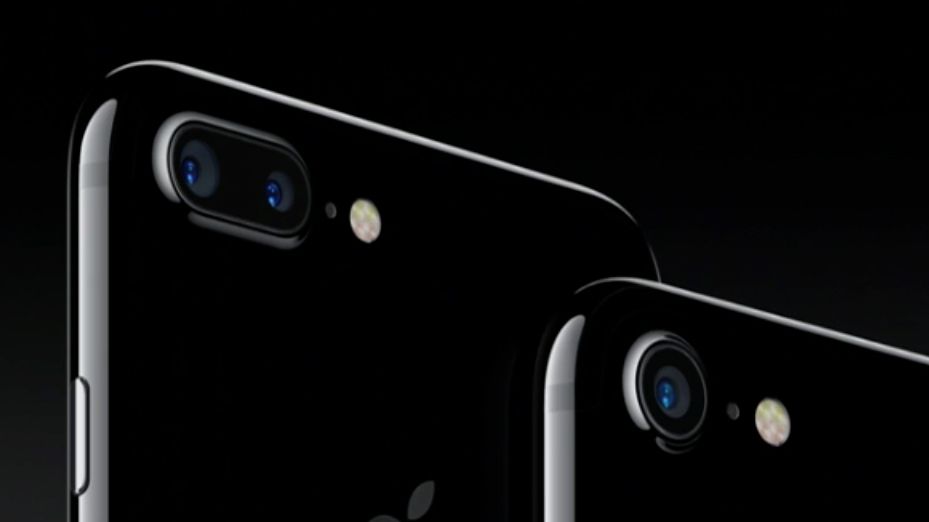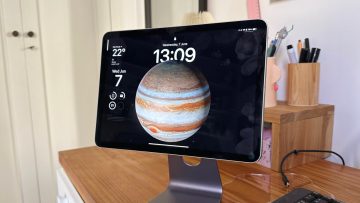So after all the leaks, snafus and bad Tweets, this is it. The iPhone 7, Apple’s latest and greatest phone, is here in all its glory. It’s water-resistant, has new cameras, better battery life, and a new all-black color that makes my knees weak.
DON’T MISS: Live coverage of Apple’s iPhone 7 and iPhone 7 Plus event
Apple’s breaking out all the new stuff into 10 distinct features, and the first one is design. As expected, there’s a new color called Jet Black, a high-gloss aluminum body with a stainless steel Apple logo, and a seamlessly integrated camera module. There’s a second color as well, a matte black simply titled “Black.”
An even bigger deal is the new Home button, which takes the Force Touch technology in Apple Watch and the Macbook trackpads. So, the button itself won’t physically move any more, but the button is still there, and you’ll get the same sensation of a click. It also opens the door to all sorts of new UI tricks.
The new iPhone is also water and dust resistant, meeting the IP67 waterproofing standard. That standard is defined as complete resistance to dust, and water-resistant in a meter of water for 30 minutes.
Updates to the camera are always exciting, and Apple went big here. There’s optical image stabilization across all models (previously limited to just the Plus), a new lens, new sensor, and new flash. The flash even has a “flicker sensor” that compensates for the flickering of artificial light.
Apart from the new optics, Apple has also put in a new image processor. Behind the scenes, that should mean photos with much better color and exposure than you’re used to. In the same way that GPUs can make gaming so much prettier, a brand-new image processor can make all the difference for the final product.
Sample photo time!

Apple claims these are untouched photos, which if true, means whoa.

A huge change for pro photographers is the option for RAW photos. RAW files are far bigger, but retain far more detail. It’s typically a must for professional photographers.
It’s not just the camera on the back, either. There’s a new 7MP selfie camera that looks truly fantastic, or at least as fantastic as a selfie camera can ever be.
Having got us all excited for the camera on the iPhone 7, Apple just blew everything away with the setup on the iPhone 7 Plus. As rumored, there’s two lenses on the 7 Plus, a telephoto lens and a wide-angle lens. By combining images from both cameras, Apple has created a new kind of zoom, not a conventional optical zoom, or awful digital zoom.

Apple claims a 4x better image than with digital zoom, which is a big improvement. The sample image below shows it off: the zoomed-in image on the right looks great, far better than the digital zoom you’re used to.

But the two-lens system isn’t just for zoom. As we expected, Apple uses the two cameras in the 7 Plus to create a shallow depth-of-field to replicate the results you get with expensive DSLR cameras. The results look pretty good, although artificial bokeh would have to be truly incredible to match the results you get with a good lens.
In the sample image Apple showed off, the bokeh does look game-changingly good. Apple is saying it’s the best camera in any smartphone ever, which is bold.

The screen is getting a bump, but not in resolution. Apple is claiming 25% better brightness and a wider color gamut, which should make things look prettier. Mostly, it seems to be an update designed to show off the awesome new cameras on the back of the iPhones.
Along with the better screen, there’s also better speakers. Yeah, that’s speakers plural: one at the top, one down bottom, like the old HTC One.
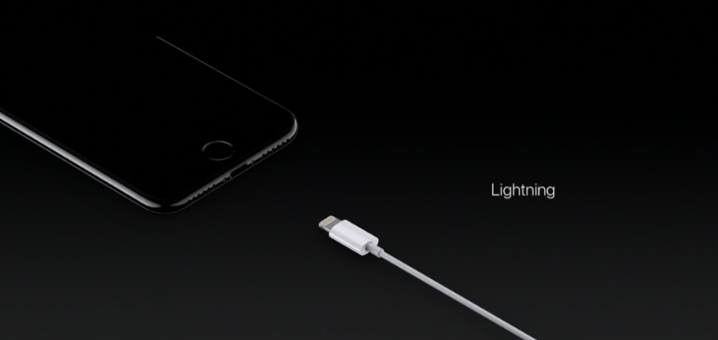
The least-surprising announcement is about headphones. Yup, the headphone port is gone, and it’s going to be Lightning-powered headphones from here forwards. Apple is touting the abilities to have battery-free noise cancelling and better sound quality over Lightning. Lightning EarPods and a headphone adapter (not a dongle!) will be shipped in the box with every iPhone 7. Apple describes the move as taking “courage,” which is certainly true.
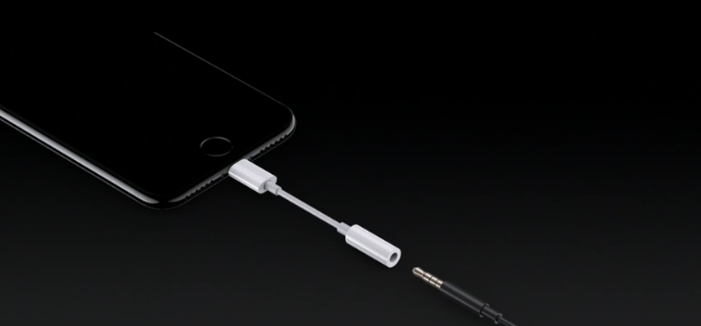
Where Apple taketh away, Apple also giveth. Apple is trying to do wireless headphones better than anyone else by creating a whole new standard for wireless audio. There’s a new pair of headphones called Airpods, which look faintly Tron-like. There’s two standalone earpods, each controlled with touch sensitive controls. You can read more about them here, but basically they’ll work with your iPhone and Apple Watch, come in a wireless charging case, and generally look awesome.
Last, but certainly not least, there’s a new processor, the A10 Fusion. As per usual, it’s the fastest, most efficient chip on the planet (according to Apple). Twice as fast as the A8 chip in the 6S, it proves Moore’s Law is alive and well.
Apart from raw power, Apple has taken a leaf from Samsung’s book. Four cores are max performance, while the other two are high efficiency. Software balances the load to save battery life for nearly everything.
To prove a point about the newly-improved graphics, Apple is showing off F1 2016, which yeah, is coming to the iPhone. Adobe Lightroom is also getting an update to properly handle those RAW files.
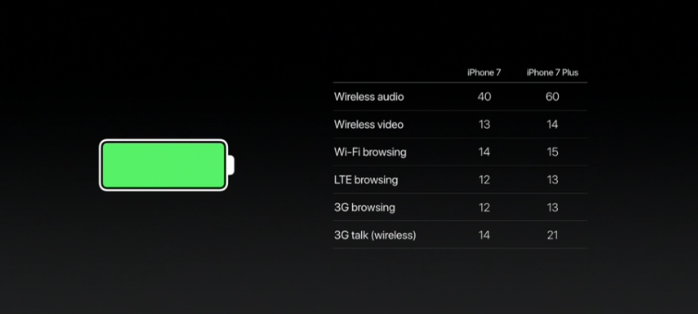
To put some perspective to the claims of battery life, Apple says the iPhone 7 will last two hours longer than an iPhone 6S.
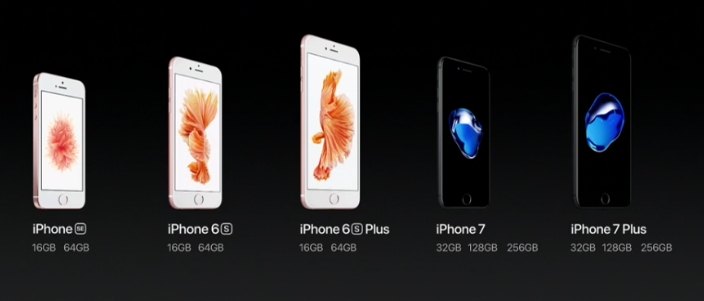
What about practicalities? Well, storage is changing. The options are now 32GB, 128GB and 256GB, starting at $649. Shipping starts with 28 countries, including the US, on September 16.
Developing…

